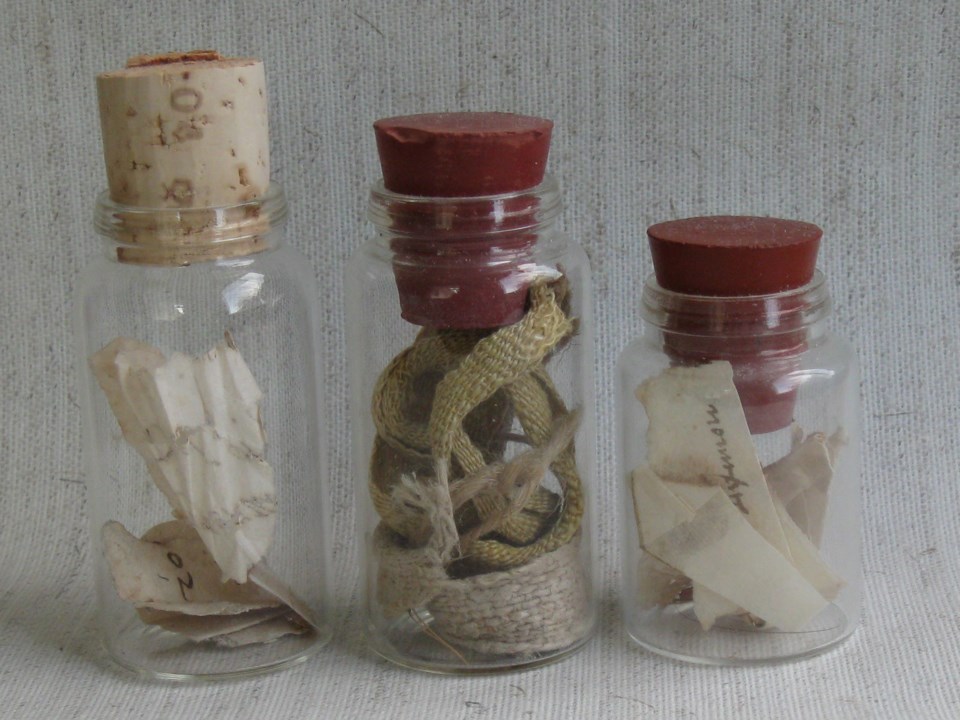Archives and history are two words we’re hearing around the clock at present. They’re two words that have been linked to two people who are the extreme opposites of humankind – former US president Donald Trump and Queen Elizabeth II. The media has been going full speed with its reports concerning the mostly classified documents Trump took with him upon leaving the White House, which are government documents that belong in the National Archives. As for history - since 8 September, when Queen Elizabeth died, the press has never tired of saying that with her death, we are watching history in the making.
History, according to its Latin root “historia”, is a narrative of past events. In English, it wasn’t until the 16th century that the terms history and story were differentiated, and in German, “Geschichte” still means both history and story, as in fiction. The history that we are watching ‘in the making’ has an immediacy that few of us have ever experienced. We’ll need a bit more time before we can get a ‘historical’ perspective on all that’s happened between 8 September, the day Queen Elizabeth died, and 19 September, the day of her funeral.
Trump’s reprehensible behaviour in carting off something that was not his property is also a kind of ‘history in the making’ or ongoing history – which has all the elements of a successful Hollywood movie, perhaps already ‘in the planning.’ Given that they are documents of the US federal government, the material that Trump re-routed to his home in Florida should have been routed directly to the National Archives in Washington DC, which calls itself “the nation’s record keeper.”
The word archives comes from the late Latin “archiva” which refers to both the written records and the place where they are stored. The documents held by the National Archives UK range in chronology from the Domesday Book (completed 1086) to modern government papers. In addition to the National Archives, the UK has the Royal Archives, housed in the Round Tower of Windsor Castle, which preserves material relating to the past 250 years of the British monarchy, including the private papers of the monarchs.
So, eventually, by the time the history we’ve been seeing ‘in the making’ has been digested and scrutinized, it will have generated a mountain of records that will find their way to Windsor Castle’s Round Tower. But also kept in the Royal Archives are papers of a personal nature, and let’s not forget that the Queen was a person as well as a monarch. She was Elizabeth Alexandra Mary Windsor, a mother, grandmother, and great-grandmother, who after 96 years, on 8 September, passed on to eternal life. For 70 of those years she was Queen Elizabeth II, whose office did not die with her but was passed on to her heir, the former Prince of Wales, now King Charles III.
Archives the world over are the repositories of histories, and stories, from which we can gain facts and statistics, insights and ideas, learn something we had never even thought about. They are places where the words and numbers recording what has been, what has happened, find a safe haven. I spent decades in the State Archives of Florence, reading the personal papers of a 16th-century Italian family who ruled the Duchy of Urbino. It let me glimpse what their private lives were like and taught me more than I could ever have learned from a history book. While perusing the documents, I also came across a variety of insects, flattened between the pieces of paper where they’d been trapped for centuries – providing an excitement of a different sort.
We have an archive here in Richmond, which has a collection of written records that measures more than one kilometre (a strange way to measure documents, I’ve always thought), 170,000 photographs, 20,000 maps and plans, to mention just some of their holdings.
Have you ever thought of creating your own archive? It’s easy. Take a solid container, such as a rectangular metal cookie tin and place treasured mementos in it – diaries, letters, autograph books, photographs and so forth. You’ll be building a veritable Aladdin’s Cave, replete with exciting surprises. And as your memories fade, you may even be surprised at what your history has been.
Sabine Eiche is a local writer and art historian with a PhD from Princeton University. She is passionately involved in preserving the environment and protecting nature. Her columns deal with a broad range of topics and often include the history (etymology) of words in order to shed extra light on the subject.



